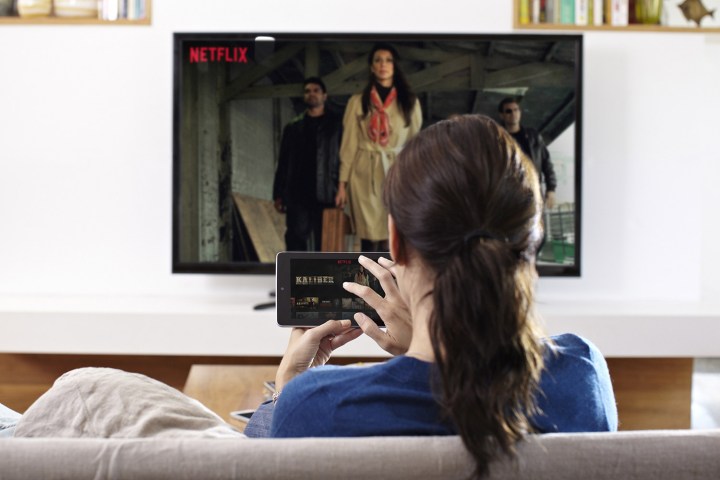
While these findings may seem petty, the survey does reveal important attitudes among a generation in which streaming video is an increasingly important form of entertainment. Indeed, IneoQuest notes, nearly three out of every four consumers watch streaming video daily and, among that population, a significant proportion seem to experience dissatisfactory speeds or buffering times.
According to the company’s study of 1,000 individuals, 66 percent of respondents say that they’re frustrated when a video continuously pauses to buffer, and 21 percent cite “severe levels of irritation.” Particularly annoying are videos that buffer endlessly — 27 percent of respondents claim that buffering most often occurs before a video even starts, and 34 percent experience slowdowns in the first 15 seconds. And given that over 40 percent of viewers are only willing to wait a maximum of 10 seconds before giving up on a video stream, content providers may be losing out on valuable views. Moreover, once viewers are lost, it would appear that they are lost for good. The study suggests that nearly 40 percent of frustrated video streamers will never attempt to watch the failed video again.
Buffering appears to be quite a big problem in the streaming industry, with 34 percent of respondents noting buffering issues in one of every three video programs. And nearly a quarter experience buffering once in every five videos.
Given the increasing prevalence of video streaming via mobile devices, it’s a bit alarming that consumers reportedly experience the most Buffer Rage when watching content on their smartphones.
“This data shows that OTT service providers need to do more to ensure the delivery of a more reliable, consistent, enjoyable viewing experience to consumers in order to prevent a rampant Buffer Rage epidemic,” said Kurt Michel, Senior Marketing Director at IneoQuest. “IneoQuest gives OTT content owners and service providers the ability to combat the Buffer Rage epidemic by providing intelligence and visibility across the entire OTT value chain, enabling the consistent and reliable delivery of streaming video.”


